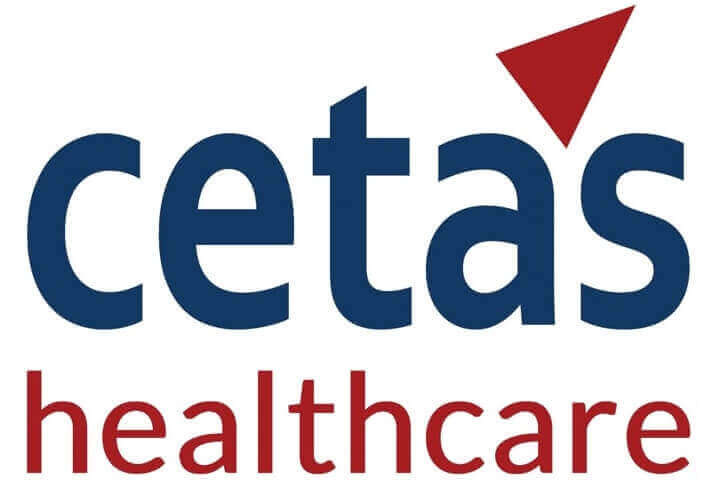X
Over my 13 years as a regulatory professional, I’ve seen firsthand just how crucial Post-Market Surveillance (PMS) plans are, especially for specialized MedTech devices like those in orthopaedics. With the evolving regulatory landscape under the European Union Medical Device Regulation (EUMDR), it’s become clear that we need a meticulous and proactive approach to PMS. I’d like to share some insights and best practices from my experience to help manufacturers create effective PMS plans that ensure both regulatory compliance and device safety.
Orthopaedic devices, including implants, prosthetics, and surgical instruments, have unique challenges due to their direct impact on patient mobility and the high-risk nature of their applications. Regulatory bodies like the EUMDR require stringent post-market activities to ensure these devices continue to meet safety and performance standards.
Developing detailed PMS plans for orthopedic devices is essential for regulatory adherence and patient safety. By understanding the specific regulatory landscape, integrating orthopedic-focused risk management, leveraging technology, and continuously improving processes, manufacturers can ensure compliance and enhance device performance. My experience has shown that a proactive and structured approach to PMS can turn regulatory challenges into opportunities for innovation and improved patient outcomes. Through meticulous planning and execution, we can navigate the complexities of orthopedic device regulation and contribute to better health and quality of life for patients worldwide. For a free discussion on the MedTech regulatory landscape, contact us today!


We provide the best insights for your business
